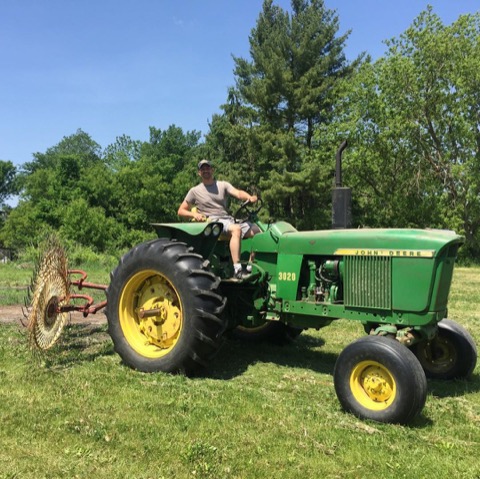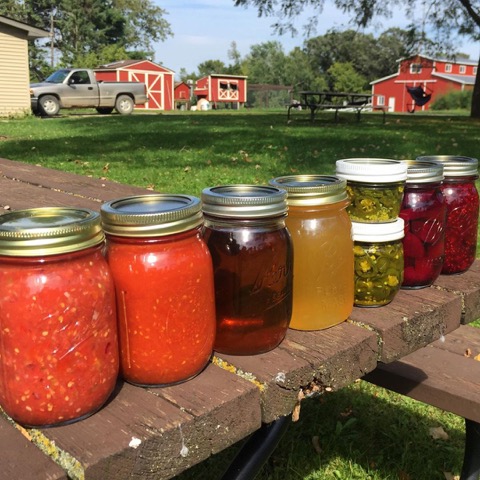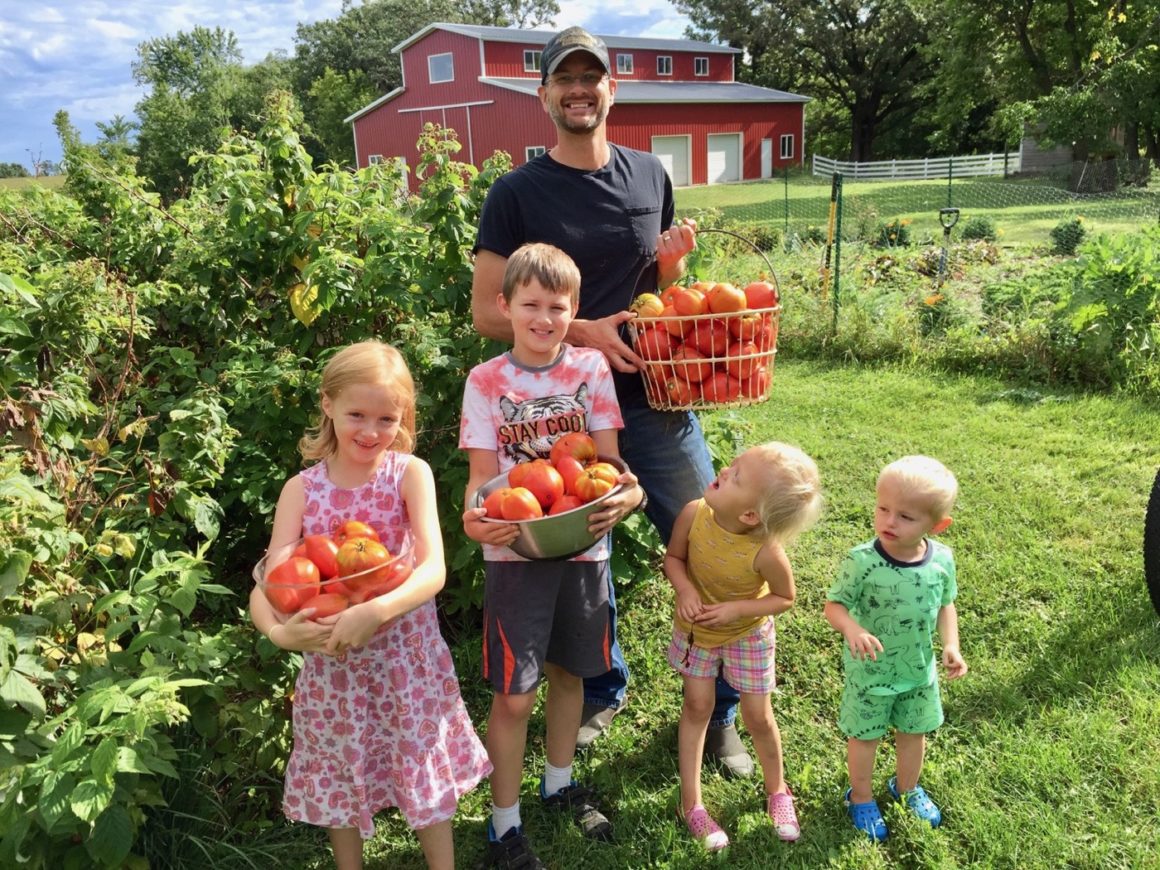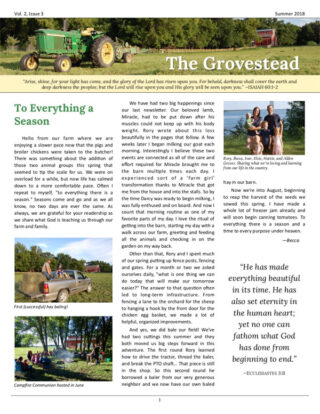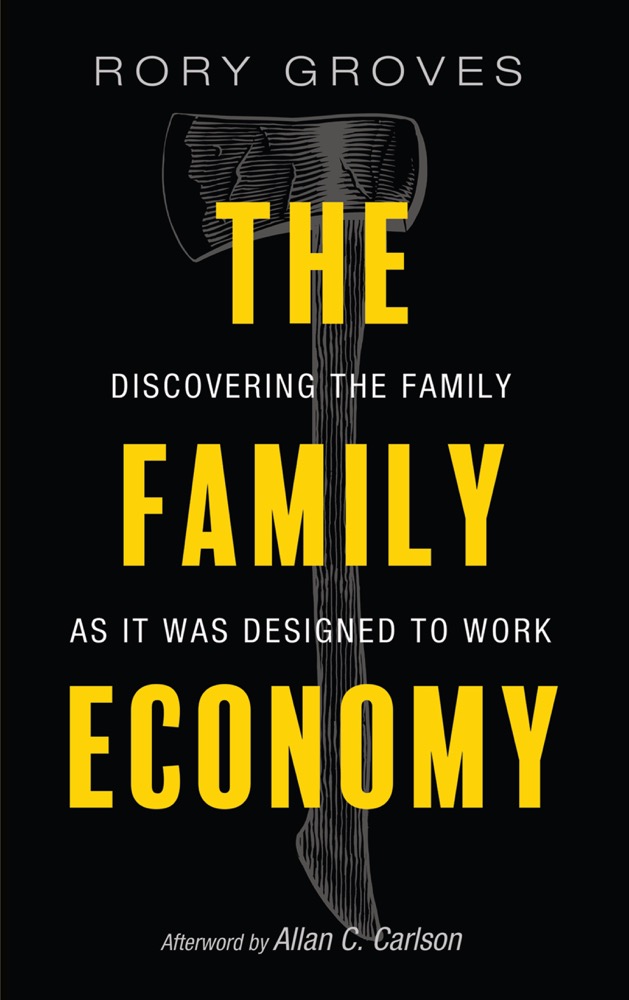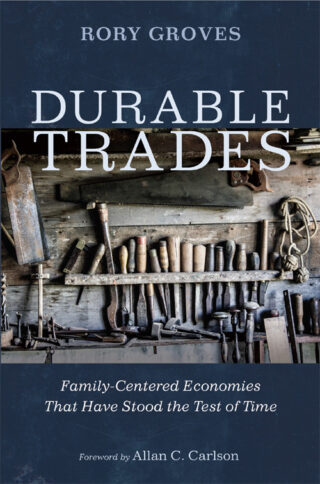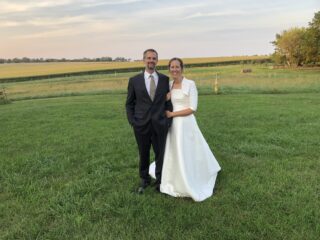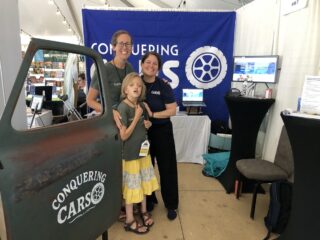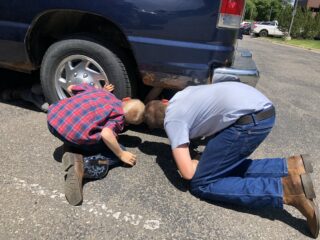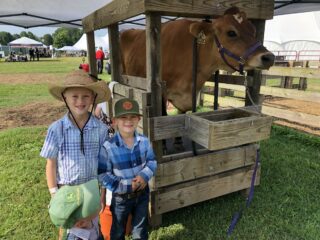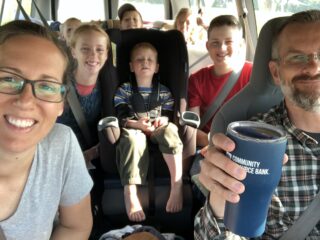It was explained to me early in my career: 100 leads, 10 calls, 1 sale. It is known as The Sales Funnel. Imagine an inverted triangle, with curious tire-kickers spilling out the top, followed by significantly fewer “qualified prospects” in the middle (most having absconded after discovering the price), and finally a few brave “clients” trickling out the bottom. “It’s a numbers game,” I was told. The more leads that were dumped into the top of the funnel, the more sales fell out of the bottom. One astute observer explains it this way: “Marketing is a multifaceted discipline that has one objective: to separate people from their money.” I wholeheartedly adopted the approach when I started my own software firm. After all, who was I to argue with success?
It was the height of the Dot-Com Boom, and I got in line to collect my Dot-Com Millions—a seeming birthright to CompSci graduates of the late-90s. It wasn’t long before my dreams were dashed by the Dot-Com Collapse, to be followed again by the Great Recession. The axiomatic business truths I had embraced were not generating the kind of results I had hoped for. Nor was the solitary, overly-specialized environment of computer programming bringing the sort of fulfillment and connectedness I increasingly desired with my growing family.
So I moved my family from the city to the country in hopes of finding another way forward. Weary (and wary) of the technology industry’s addiction to obsolescence, I began to research more durable ways to work. Historically, professions lasted hundreds of years and were passed down in the same family from one generation to the next. Today, the average worker will change careers every five years. Was it possible, in our day, for families to work together and build something that would last?
I discovered dozens of examples of historical professions—authors, masons, carpenters, silversmiths, midwives—which have been around for centuries and are still thriving today. I met people who were second- or third- or fourth-generation professionals, working the same careers as their great-great-grandparents. They were trained by their own parents, inheriting something more than merely a vocational education. Most surprisingly, I discovered that people working in these trades, by and large, never spent a dime on marketing. For them, it was not a numbers game. They did not have Sales Funnels; they had Relationships.
No Little People
Francis Schaeffer said, “We must remember throughout our lives that in God’s sight there are no little people and no little places.” This contrasts with popular success maxims that suggest we should never spend more than a few minutes with someone who can do nothing for us. Schaeffer’s colleagues report that he would “gladly sit and talk for hours to someone the world (or the church) might consider insignificant. He was just as happy talking with the maid or the janitor in a hotel as he was meeting famous church, business, or political leaders.” People were not accorded as Leads, Prospects, and Clients to Schaeffer; they were Sons, Daughters, Brothers and Sisters.
While researching historical trades, I spent the better part of a year working construction part-time with a local carpenter. During one of our remodeling projects, I met the electrician he hired to re-wire the room. I asked how long they had been working together and was surprised by the answer: two generations. The electrician’s father was also an electrician who worked with the carpenter’s father. Their “vendor relationship” was older than they were. It’s hard to imagine anything so enduring in our transitory age. And yet, this arrangement was common for most of human history. Family businesses in farming, carpentry, and metalsmithing not only lasted for generations, their relationships did as well.
The Industrial Revolution reordered society’s thinking around efficiency rather than relationships. Statisticians record that, in the pre-industrial way of life:
The apprentice system was in vogue, and all parts of a trade were then taught where it is now usual and needful to teach but a single branch. The youth who aspired to become a shoemaker might, for instance, during his period of apprenticeship, acquire knowledge of every step from the tanning of the leather to its embodiment in the finished shoe.
—Wright, Comparative Wages, Prices and Cost of Living
Families that divided into factory labor no longer educated, mentored, and discipled their children at home. Dependency on the family and community was replaced with dependency on the employer. Work was no longer a context for older generations to transmit faith and values on to the next generation. It was an impersonal, at times de-humanizing, place that existed solely to make stuff.
Gaining the Whole World
The rapid rise in industrialization resulted in unprecedented material abundance, but came at the cost of imploding family and community relationships that had endured for centuries. Thirteen-year old Willie Bryden’s sole job was opening a door for the mule cart in a local coal mine. He was one of the many Trapper Boys, as they came to be known. “Waiting all alone in the dark for a trip to come through,” relates the photographer, “Willie had been working here for four months, 500 feet down the shaft, and a quarter of a mile underground from there.”
Historians record that, “It was not until 1842 that the hours of labor for children under twelve years of age were limited to ten per day.”
The English theologian and agrarian G. K. Chesterton roundly condemned the indiscriminate use of technology, noting that, “None of the modern machines, none of the modern paraphernalia . . . have any power except over the people who choose to use them”—a warning aimed as directly at the coal mines in Chesterton’s day as the keyboards in ours.
The “Unrevolution”
But there is reason for hope. People are waking up to the collateral damage of industrial efficiency. They are trading their cheap abundance for healthy, sustainable alternatives, trading factory-fed conveniences for the inefficiency of human relationships. In the last fifteen years, the United States saw an increase of four million home gardens and two million community gardens as people tilled up their manicured lawns to plant beans. Farmer’s markets increased from fewer than 1,800 in 1994 to over 8,000 by 2013, and can now be found in nearly every city, often by the dozen. Agrarian writer Gene Logsdon refers to this phenomenon as the “Unrevolution in Progress”:
The new economy understands that farming is a biological process, one to be handled with careful love and very gentle agronomy and husbandry, not industrial production that concentrates on cramming more and more animals under one roof to lower the per unit cost of production.
—Gene Logsdon, Letter to a Young Farmer: How to Live Richly Without Wealth on the New Garden Farm
Among the historical businesses I researched, customers were not numbers in a funnel. The artisans I spoke with have face-to-face relationships with their customers, and know them by name. Often they know their children by name. It is not surprising, then, that these are the most enduring professions in a time of continuous upheaval.
On our farm, every activity is a family affair. Picking blueberries, stacking hay, mending fences… there may be little hands on a farm, but there are no “little people.” Everyone is important, and everyone is needed if the farm is to survive. It is not an industrial economy, it is a family economy.

Each year we raise a hundred or so chickens, two pigs, and a dozen sheep on open pasture. These animals are well cared for their whole lives. We intentionally do not “scale-up” beyond what we can handle ourselves. In the summer months, we host Customer Pickup Days where whole families arrive to pick up their shares. They stay to tour the farm, play with our kids, and catch up with our family. Many of our customers have been buying from us for years. We care for the animals and the land, and our customers care for us. It is a very small-scale operation, but it is sustainable. When God plants a seed, it multiplies into an abundance—the Sales Funnel in reverse.
I spend a lot less time at the keyboard now, and certainly take home a lot less pay. But I get to work alongside my family, and we are growing rich in relationships. It’s hard to argue with that.
This article was also published at The Rabbit Room.







